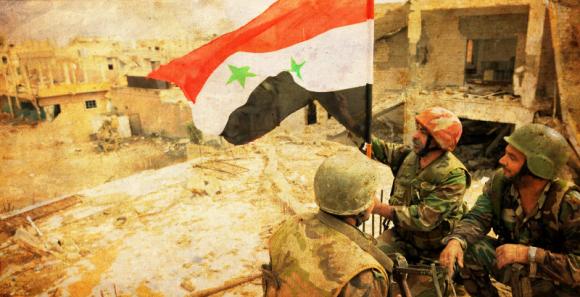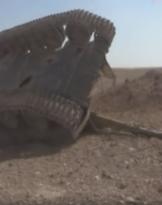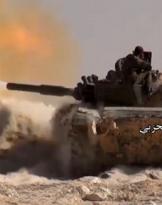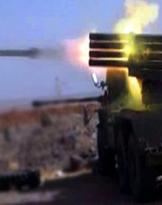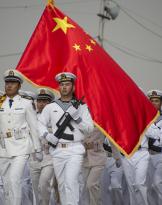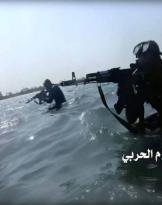The Turks enter Syria putting in place part of the picture shown on these pages from the beginning of summer. After Erdogan's trip to Moscow, the pragmatic vision for one prevailed exit strategy from the Syrian quagmire. With the aim of minimizing the ISIS crazed "toy" and moving towards a conclusion of the conflict, the actors try to maximize the result.
From late spring onwards it was plausible that the coming battle would have been between Kurds and the government of Damascus, in a sort of race backed respectively by the USA and Russia towards the elimination of the Islamic State first. In the litigation, born on the basis of Kurdish independence ambitions, Turkey has done the needle of the balance, with consequent jolts in the Atlantic-western field.
First things first.
Jarablus, 3 km from the Turkish border, was occupied by the Ankara army. As requested by Turkey, the Kurdish YPG forces engaged on this front against the Caliphate, withdrew to the east of the Euphrates river which cuts the region vertically. The Kurds have succumbed to pressure from Washington, apparently willing to do anything to avoid increasing political distance with Turkey in the Middle East.
The Turkish action, conducted by the regular army and by thousands of militiamen of the Free Syrian Army, revived for the occasion by the aid of Ankara, was in open violation of the sovereignty of Damascus. Beyond the official declarations, Assad must yield, however, to practical reason: the Turks commit themselves to extinguish the Kurdish outbreak, their true national interest, politically blackmailing the United States. From what Damascus also gains indirectly, no longer struggling with an aspiring independent state within its borders; in exchange he must accept the buffer of phyllotype militia within the northern governorates, with which the comparison will still be long. On the other hand, it is likely that the Turkish regular forces will be taken away within a few weeks.
In concrete terms, in the Syrian chaos, things are simplified: the fronts are reduced and the final yield is prepared. 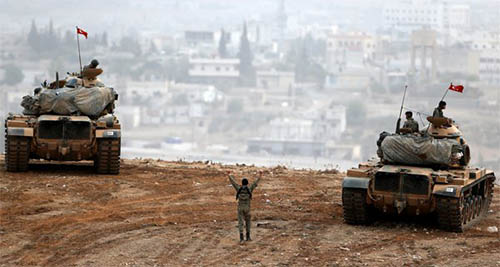
A confirmation of this comes from Daraya, city cradle of the uprising against the Assad government in the 2011. The rebels surrender and the entire municipal territory is being returned to the authorities in Damascus. In return, the militiamen get to be transferred by government buses to the north, close to the Governorate of Idlib, a stronghold of the pro-Shiite militia of Jaysh al Fatah. The agreement puts an end to a siege that has lasted years and is part of the indirect contacts between Damascus and Turkey, passed through the buildings of Moscow. In fact, the battle moves to the southwestern suburbs of Aleppo, where 2500 units of the 4 will be transferred in the next few hours.a Syrian mechanized division, engaged so far on the Daraya front.
What will happen in the coming days is to be seen, but it is likely that the clash in Aleppo will become even more bloody.
In this regard it should be revealed the distorted information that passes through the Western media (including RAI). The Aleppo front, where a battle between government forces and heterodirect rebels is fought, is increasingly depicted as a humanitarian chaos without solution, so as to dilute the military fronts and responsibilities in a cauldron of which the Middle East has witnessed many times ( the Beirut example of the early years' 80 applies to all).
The continuous reference toSyrian Human Rights Observatory by Rami Abdel Rahman as a source of updated data, can only confuse ideas. Clearly, the geopolitical objective of the chancelleries close to Washington is to declare Aleppo an "international question", so as to frustrate the war efforts of the Syrian armed forces and their allies, and create a permanent problem of sovereignty and administration for the future. regional.
For now the weapons are still talking.
(photo: SAA / Türk Kara Kuvvetleri)

